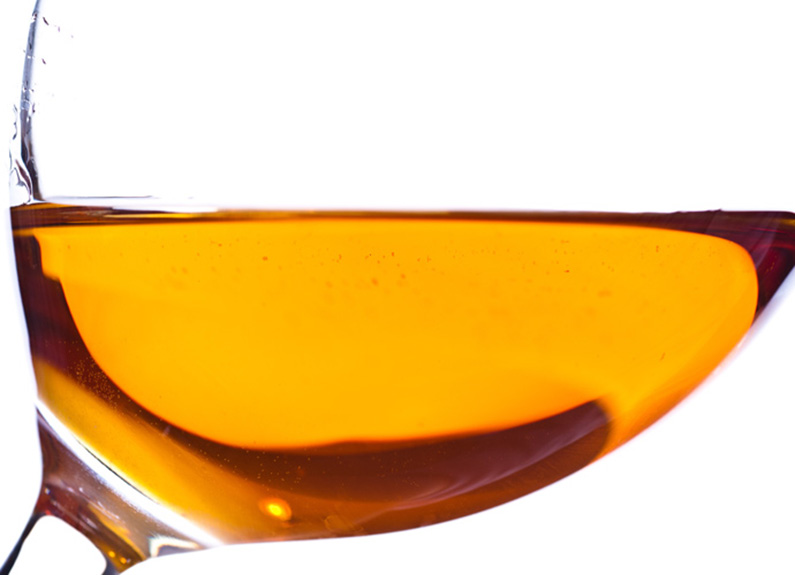
Noble Rot Wines at 33 Wine Bar
Nicknaming a fungus “noble” doesn’t really make it sound better, but some winemakers celebrate when Botrytis cinerea, or noble rot, appears on their grapes. 33 Wine Bar owner James Smallwood said wines made with noble rot are immediately recognizable thanks to their thick, sweet profiles. “They’re dessert wines – and it imparts a sort of honeyed flavor,” he said.
The origin of noble rot is as much legend as history. Nobody knows why the first winemaker decided to press apparently ruined grapes, but it’s clear why the tradition continues. The juice from these half-rotted grapes is so concentrated that oozes out when pressed, which makes for some seriously intense and sweet wines that don’t tasted rotten at all.
But intensity comes with a price. Introducing even a noble rot is a dangerous game. Too much sun and dry heat and the fungus won’t show up; too much moisture and it can turn from noble to full-on destructive gray rot pretty quick. The concentrated juice of successfully rotten grapes means less yield from vines.
“It’s a manually intensive process,” Smallwood said. “Rather than harvest in a day, they harvest over a few weeks to a month.” When one bunch of grapes is ready, another might need one more day on the vine, while others probably haven’t developed the noble rot at all yet.
So excuse the price tags on these unctuous dessert wines. One of the most famous, Smallwood said, costs more than $300 a bottle. Luckily, 33 Wine Bar carries the more approachable Chateau Doisy-Vedrines Sauternes, with half-bottles available for $32.
The pale golden wine has a rich honey aroma and a round, viscous sweetness balanced by acidity that keeps it from cloying. The only other noble rot wine available is the aptly named Noble One, an Australian Botrytis Semillon from De Bortoli. A deeper, burnished honey color, Noble One is both sweeter and sharper than the Sauternes.
Heather Hughes is managing editor for print at Sauce Magazine.
Tags : Wine
Most Recent
This week on the Sauce podcast: Trattoria Marcella, Ramsay's Kitchen and the emerging hot pot trend around St. Louis
This week on the Sauce podcast, Michelle and Meera discuss the brand new …





